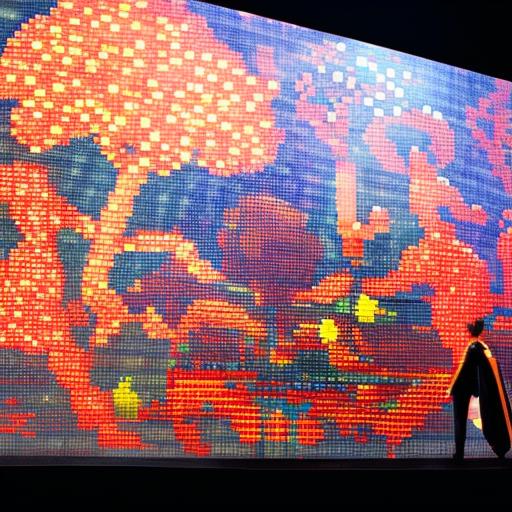Summary: CGI animation, also known as computer-generated imagery animation, is a technique used to create animated images and visual effects using computer software. It has revolutionized the world of animation, allowing for more realistic and visually stunning creations. CGI animation has become a prominent feature in movies, television shows, video games, and advertising. This summary explores the history, process, and impact of CGI animation.
History of CGI Animation:
CGI animation has its roots in the 1960s, when computer graphics were first used to create simple animations. However, it wasn’t until the 1980s that CGI animation began to gain popularity. The film “Tron” (1982) was one of the first movies to extensively use CGI animation. The technique continued to evolve throughout the 1990s and 2000s, with notable advancements in films like “Toy Story” (1995) and “Shrek” (2001).
The Process of CGI Animation:
The process of creating CGI animation involves several steps. First, the animators create a 3D model of the characters, objects, or environments using specialized software. These models are then textured and shaded to give them a realistic appearance. Next, the animators rig the models, which involves adding a digital skeleton that allows for movement and articulation. Once the models are rigged, the animators create keyframes to define the major poses and movements of the characters. These keyframes are then interpolated to create smooth and fluid motion. Finally, the animators add lighting, special effects, and other details to enhance the overall visual quality of the animation.
Impact of CGI Animation:
CGI animation has had a profound impact on the entertainment industry. It has allowed filmmakers to bring their imaginative worlds to life in ways that were previously impossible. With CGI animation, filmmakers can create realistic characters, breathtaking landscapes, and mind-bending visual effects. This has opened up new possibilities for storytelling and has captivated audiences around the world.
In addition to movies, CGI animation has also become a staple in television shows and commercials. Animated series like “The Simpsons” and “South Park” have used CGI animation to enhance their visual style and create dynamic and engaging episodes. Commercials often utilize CGI animation to create eye-catching and memorable advertisements.
Furthermore, the gaming industry has greatly benefited from CGI animation. Video games now feature stunning graphics and lifelike animations, immersing players in virtual worlds like never before. CGI animation has also made it possible to create realistic and detailed characters that players can connect with on an emotional level.
While CGI animation has undoubtedly revolutionized the world of entertainment, it is not without its critics. Some argue that the prevalence of CGI animation has led to a decline in traditional hand-drawn animation. Others express concerns about the overuse of CGI, suggesting that it can sometimes feel artificial and lack the charm of practical effects.
In conclusion, CGI animation has transformed the way we experience and interact with art and culture. It has allowed for the creation of visually stunning and immersive worlds in movies, television shows, video games, and advertising. Despite some criticisms, CGI animation continues to push the boundaries of what is possible in the realm of visual storytelling.












